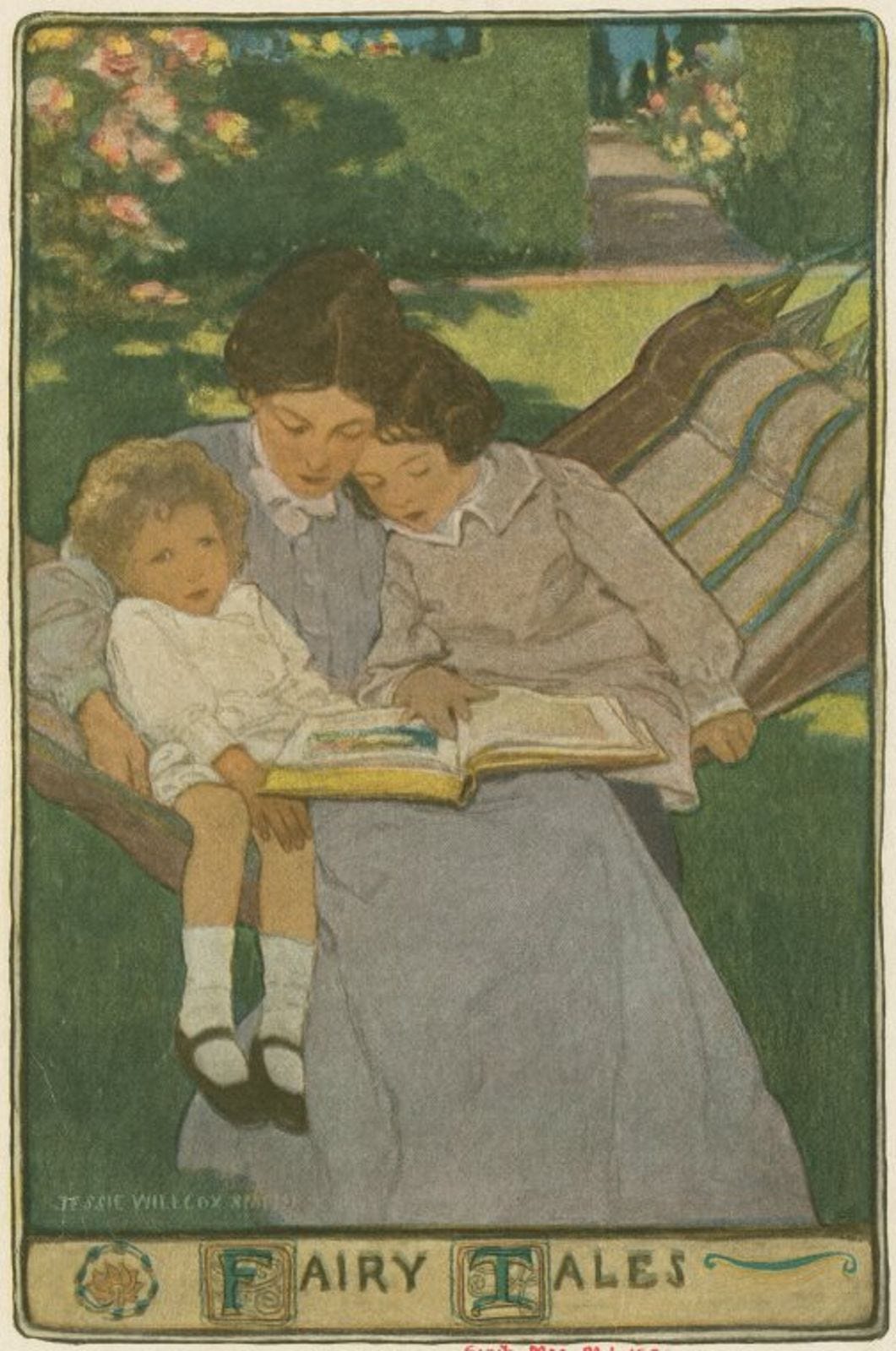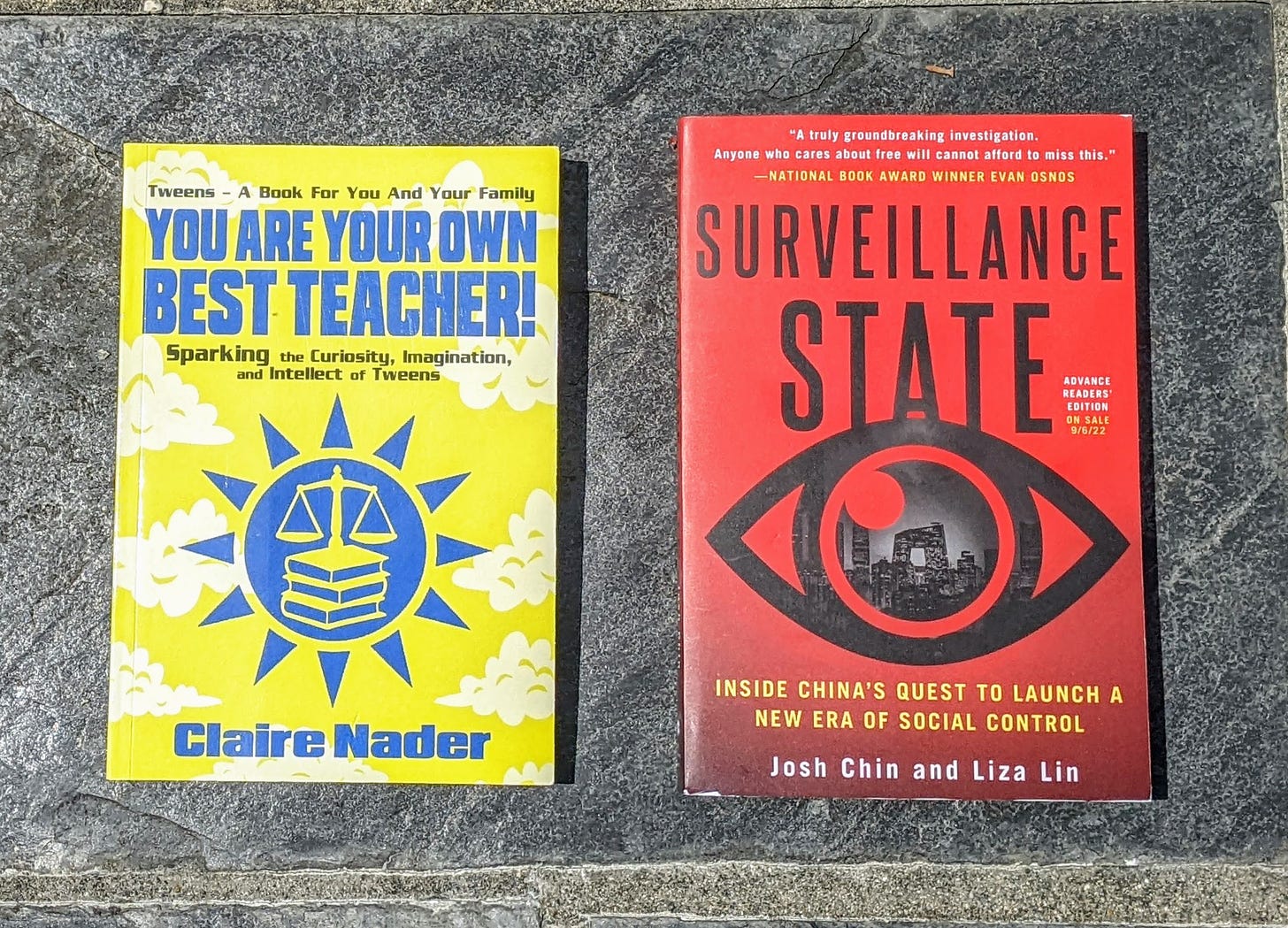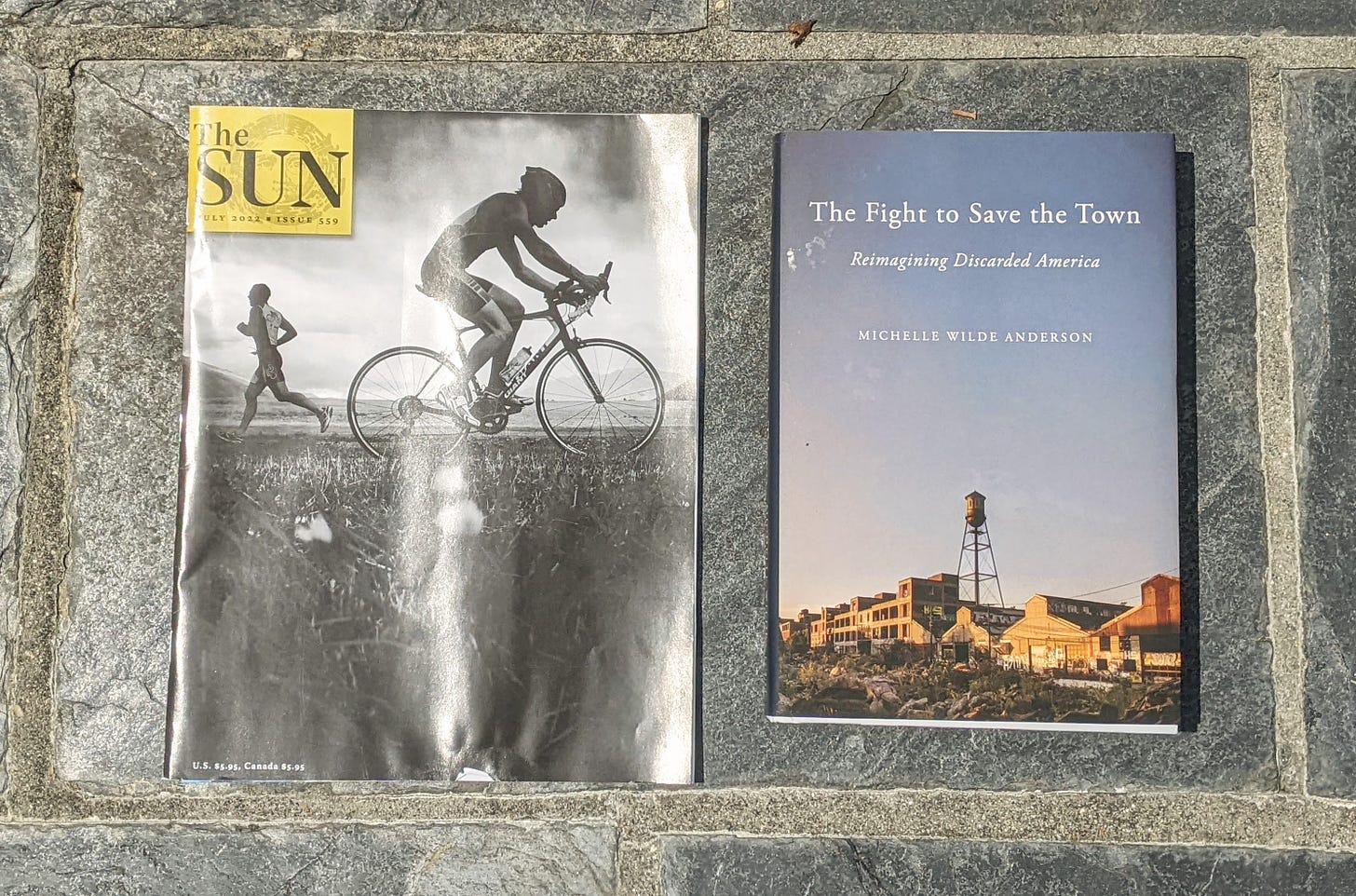
One of my maxims is: when possible, don’t miss a chance to give a deserved compliment. Here are a few I have in mind right now.
These follow some previous reading-guide posts, like “Four Books to Notice” and “August Recommendations.” These items are a mixed bag, connected by my view that each deserves mention.
1. Claire Nader: ‘You Are Your Own Best Teacher!’
You might not have seen this one coming.
I have known Ralph Nader since I was a teenager, in the 1960s, when he was in his mid-30s and had already won worldwide fame. In those days I worked for him on a project, with the future Massachusetts judge Julian Houston, about the USDA’s role in dispossessing Black farmers from the rural South.
Before you even begin a response: As a former Nader employee, who in the 1970s wrote two successful books under his auspices, I am keenly aware of the mixed ways in which he has influenced modern American history. That has been my topic on other days, but not today. Instead I mention him because of a book by one of his sisters that he has made me aware of.
Ralph was the youngest of four children of an immigrant Lebanese family in Winsted, Connecticut. The oldest, his brother, Shafeek, is no longer alive. The two sisters, Laura and Claire, are well known. Laura has been a long-time anthropologist at UC Berkeley; Claire is a social scientist and civic activist who began her career at the Oak Ridge National Laboratory.
Claire has now written what I consider a delightful and instructive book, called You Are Your Own Best Teacher. The subtitle is a good summary of its ambition: “Sparking the Curiosity, Imagination, and Intellect of Tweens.”
The Tweens she is addressing are young readers between the ages of nine and 12. A remarkable aspect of the book’s tone is that Claire Nader is not burdened at all by issues of “generation gap.” She was born when Herbert Hoover was in the White House, and is addressing those born during Barack Obama’s time. But she breezes right along, peer to peer.
Never once does she talk down to, lecture, or condescend to her readers, and she goes very light on “when I was your age…” Nor is she ever cutesy. Instead she has a chatty, warm, “you can understand all this” tone, like the youngest-spirited grandmother or great-aunt who became a favorite of the descendants. She is wanting young people to be excited about all they can do, and talks up to them, with respect.
She comes again and again to the three gifts-of-youth she mentions in the subtitle, and how people just starting out can make the most of them. For instance:
Delight in your present age. Take advantage of your freest years for exercising your curiosity, imagination, and concentration, while adding more daily experiences that are new to you and not part of your routine.
I am obviously too far removed from Tween-hood, or even being a Tween parent, to know how this will land with its announced audience. But for parents and certain Tweens it is certainly worth checking out. And we’ll wait to hear from our oldest grandchild, Jack Fallows, who has just turned 11, to hear what he thinks.
I have never met Claire Nader. I believe I would like her, based on this book.
2) Josh Chin and Liza Lin: ‘Surveillance State’
And now, for something completely different — but also completely related to the world today’s Tweens will eventually run.
Among the greatest strategic challenges of this era is dealing with a country — China — whose scale and success make it un-ignorable, but which is problematic in so many ways. There is no way to reckon with the world’s climate challenges without engaging China. There is no way to reckon with the long-term prospects for democratic society without facing China’s recent moves in the opposite direction.
My wife, Deb, and I feel a lifelong tie to Chinese people. We first went there in the 1980s; we lived there for almost four years, during the “Prague Spring” of the Hu Jintao era; between us we wrote three books about it, including Deb’s celebrated Dreaming in Chinese.
We care about its positive and negative realities. An important new entry on the latter side is Surveillance State, by longtime China reporters Josh Chin and Liza Lin. It is a carefully documented, and absolutely harrowing, account of existence in the political environment of today’s China — above all for Uighurs, in the far western area of Xinjiang.
Deb and I have been in Xinjiang; we have reported on Uighur families; and I am sorry to say that the details in Surveillance State ring true to us. It is a bravely and carefully reported book, and a well-told and enlightening narrative. Chin and Lin are presenting an important part of the story of our times.
3. Sy Safransky et al: ‘The Sun.’
Until my hometown friend, the tech entrepreneur Jack Dangermond, mentioned it to me a year ago, I had not paid attention to a monthly publication called The Sun. It has been run for decades by a man named Sy Safransky, and it is based in North Carolina.
Now I read it avidly. I admire the vision behind it, and the community it has built. It is open, daring, community-minded. It is both light and profound. The issue whose cover I show above has long essays on people’s relationship with alcohol, and people’s relationship with time. The subsequent issue has stories on people’s very complex relationships—class-bound, regional, stage-of-life, self-image-related, and otherwise—with their teeth.
The magazine and surrounding community are easier to observe than describe. Check out the free samples on their site, to see if you are interested. I tried it, and signed up.
4) Michelle Wilde Anderson, ‘The Fight to Save the Town.’
Michelle Wilde Anderson is a professor at Stanford Law School. Her new book is about the structural economic-and-political injustice that has hampered four American towns or regions: Stockton, California; Detroit; Lawrence, Massachusetts; and rural Josephine County in Oregon. You can read a good review of it by our friend John Miller, of the Moundsville site, here.
Anderson’s book is powerful in portraying both what seems fated about hard-pressed communities and regions, and what remains within a community’s control.
The fated-ness is enormous, and is the central part of her narrative. The places with the poorest people tend also to have the most over- burdened and overwhelmed local governments, and the cycle continues from there. As she writes in her opening pages:
This book chronicles the wounds left by deep cuts to local government. Containment, rather than betterment, defines the character of public services. People with choices choose to leave….
When local governments are populated mostly by low-income people, there is typically much less money for public services. Weak, broke local governments make it harder for residents to lead decent lives on low incomes or get their families out of poverty. Entire towns become poverty traps.
Her book is also about people who choose to stay, and what motivates and inspires them, and what we can learn from their examples. It is another important part of understanding the complex realities of our times, which are so much deeper, more contradictory, and ultimately much more important and even promising than the standard “guy in a diner” story that might come from any of these locales.
5. Bonus: the ‘singularity’ comes to environmental data.
This is a teaser. Last month I did an Our Towns post on how the technological transformation that has affected bio-sciences is spreading more generally.
In brief: back in the 1990s I did a New Yorker profile of Harold Varmus, then head of the National Institutes of Health. One of his points was that biology and medical sciences, in which he had won a Nobel prize, were being transformed because advances in each branch of science were all accelerating one another. Faster computers meant faster sequencing of the human genome. Breakthroughs in materials-sciences made different kinds of surgical procedures possible. Advances in space science led to revelations from Zero-G conditions. And so on.
The point of my post was that a similar accelerating-virtuous-cycle was improving the ways people could understand what was happening to their environment —everywhere, all the time.
And perhaps even do something about it.
Those are the recommendations for now.






Thanks a bunch, Jim, for more books that I will want to read. Oh, my tired old eyes...
Friendly sarcasm aside, consider me "teased"...
Fallows, you are a storehouse of useful knowledge and information.Thanks,--BJagoda <Barry@barryjagoda.com>